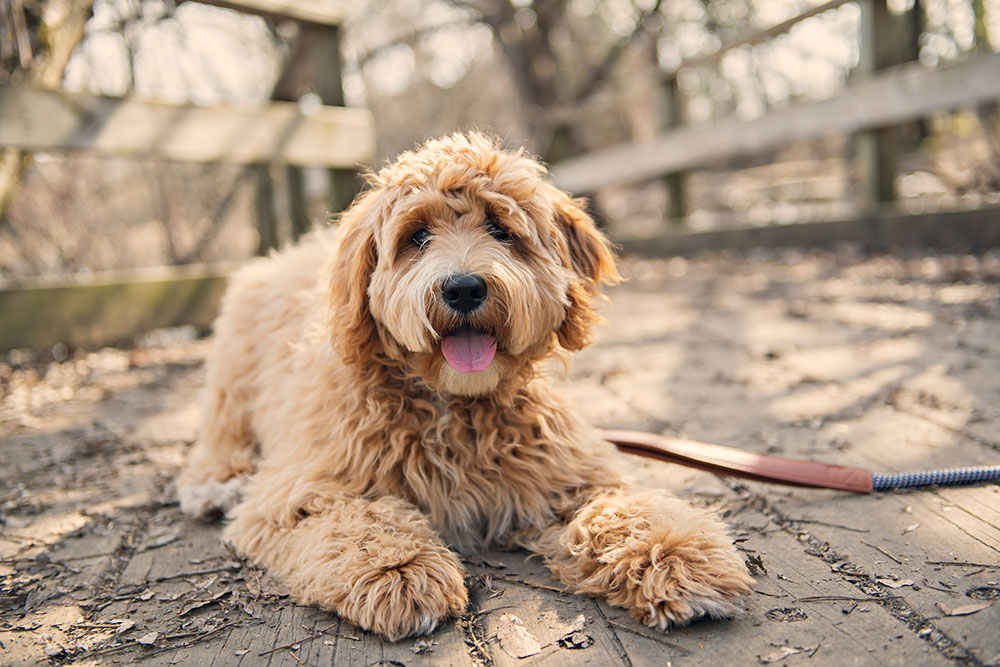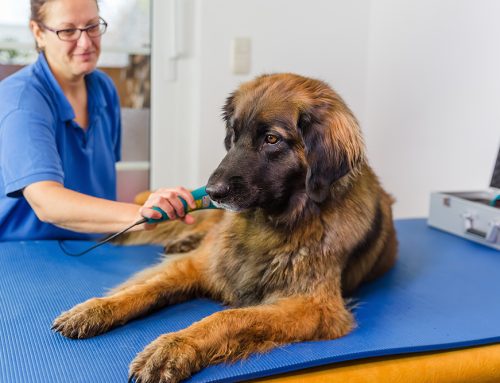Running with your dog can be a fantastic way to stay active and bond with your furry friend, especially in the Pacific Northwest, where outdoor activities are abundant. However, before hitting the payment, it’s important to learn about and consider your dog’s unique health characteristics.
Pre-run health check:
Before starting a running routine, schedule a visit to the veterinarian. A thorough health check will help identify any underlying conditions or concerns that might affect your dog’s ability to run. Conditions like hip dysplasia, arthritis, or respiratory issues could impact their stamina and comfort during physical activities.
Your veterinarian will consider things like your dog’s breed and age. Different dog breeds have varying energy levels and physical capabilities. Consider the inherent traits of your dog’s breed when deciding on the intensity and duration of your runs. For instance, high-energy breeds like Border Collies or Labrador Retrievers may thrive on longer runs, while smaller or brachycephalic breeds like Bulldogs may have limitations. Additionally, consider the age of your dog. We recommend avoiding running with senior dogs and puppies younger than a year old.
Planning for your run:
Begin with short, leisurely runs to allow your dog to acclimate to the activity. Just like humans, dogs need time to build endurance. Avoid sudden increases in intensity to prevent strain or injury. Pay attention to your dog’s cues – if they seem fatigued, take it easy and give them breaks as needed.
Proper leash training is essential for a smooth and safe run. Invest time in leash training before hitting the pavement. Ensure your dog is comfortable walking or running alongside you without pulling. This not only makes the run more enjoyable for both of you but also reduces the risk of injuries caused by sudden movements. Additionally, teach each your dog basic commands like “heel,” “stop,” and “stay” to maintain control during the run.
Consider the terrain you’ll be running on. Softer surfaces like grass or dirt can be gentler on your dog’s joints compared to pavement. Be mindful of extreme weather conditions. Avoid running during the hottest parts of the day and always check potentially hot surfaces, like asphalt, during warm weather, as it can burn your dog’s paw pads. Adjust your route based on the weather and ground conditions.
Bring water for both you and your dog, especially on longer runs or warm days. Hydration is crucial, and dogs can get dehydrated quickly.
During your run:
Take breaks during your run to allow your dog to rest and catch their breath. Periodically check in on their paws for any signs of discomfort or injuries. Paw pads can be sensitive, so it’s crucial to ensure they’re not getting irritated or injured during the run.
Pay close attention to your dog’s behavior during and after runs. If you notice signs of fatigue, lameness, or reluctance to run, reassess your routine. Dogs may not always communicate discomfort overtly, so be attentive to changes in gait, breathing, or energy levels. Observe your furry companion’s body language – the wagging tail, the perked-up ears, and the exuberant expressions. We want your dog to enjoy this!
Remember that each dog is unique, and what works for one may not work for another. Tailor your running routine to suit your dog’s specific needs and preferences.
By incorporating these tips into your running routine, you’ll create a positive and healthy experience for both you and your four-legged running partner. Enjoy the miles together!





















Leave A Comment